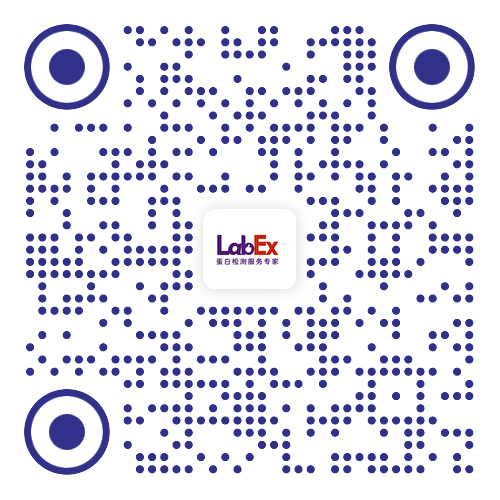Loss of hepatocyte cell division leads to liver inflammation and fibrosis
The liver possesses a remarkable regenerative capacity based partly on the ability of hepatocytes to re-enter the cell cycle and divide to replace damaged cells. This capability is substantially reduced upon chronic damage, but it is not clear if this is a cause or consequence of liver disease. Here, we investigate whether blocking hepatocyte division using two different mouse models affects physiology as well as clinical liver manifestations like fibrosis and inflammation. We find that in P14 Cdk1Liv-/- mice, where the division of hepatocytes is abolished, polyploidy, DNA damage, and increased p53 signaling are prevalent. Cdk1Liv-/- mice display classical markers of liver damage two weeks after birth, including elevated ALT, ALP, and bilirubin levels, despite the lack of exogenous liver injury. Inflammation was further studied using cytokine arrays, unveiling elevated levels of CCL2, TIMP1, CXCL10, and IL1-Rn in Cdk1Liv-/- liver, which resulted in increased numbers of monocytes. Ablation of CDK2-dependent DNA re-replication and polyploidy in Cdk1Liv-/- mice reversed most of these phenotypes. Overall, our data indicate that blocking hepatocyte division induces biological processes driving the onset of the disease phenotype. It suggests that the decrease in hepatocyte division observed in liver disease may not only be a consequence of fibrosis and inflammation, but also a pathological cue.
详见LabEx网站(
www.u-labex.com)或来电咨询!
基因水平:PCR Array、RT-PCR、PCR、单细胞测序
蛋白水平:MSD、Luminex、CBA、Elispot、Antibody Array、ELISA、Sengenics
细胞水平:细胞染色、细胞分选、细胞培养、细胞功能
组织水平:空间多组学、多重荧光免疫组化、免疫组化、免疫荧光
数据分析:流式数据分析、组化数据分析、多因子数据分析
基因水平:PCR Array、RT-PCR、PCR、单细胞测序
蛋白水平:MSD、Luminex、CBA、Elispot、Antibody Array、ELISA、Sengenics
细胞水平:细胞染色、细胞分选、细胞培养、细胞功能
组织水平:空间多组学、多重荧光免疫组化、免疫组化、免疫荧光
数据分析:流式数据分析、组化数据分析、多因子数据分析
联系电话:4001619919
联系邮箱:labex-mkt@u-labex.com
公众平台:蛋白检测服务专家
联系邮箱:labex-mkt@u-labex.com
公众平台:蛋白检测服务专家

本网站销售的所有产品及服务均不得用于人类或动物之临床诊断或治疗,仅可用于工业或者科研等非医疗目的。










 沪公网安备31011502400759号
沪公网安备31011502400759号
 营业执照(三证合一)
营业执照(三证合一)


